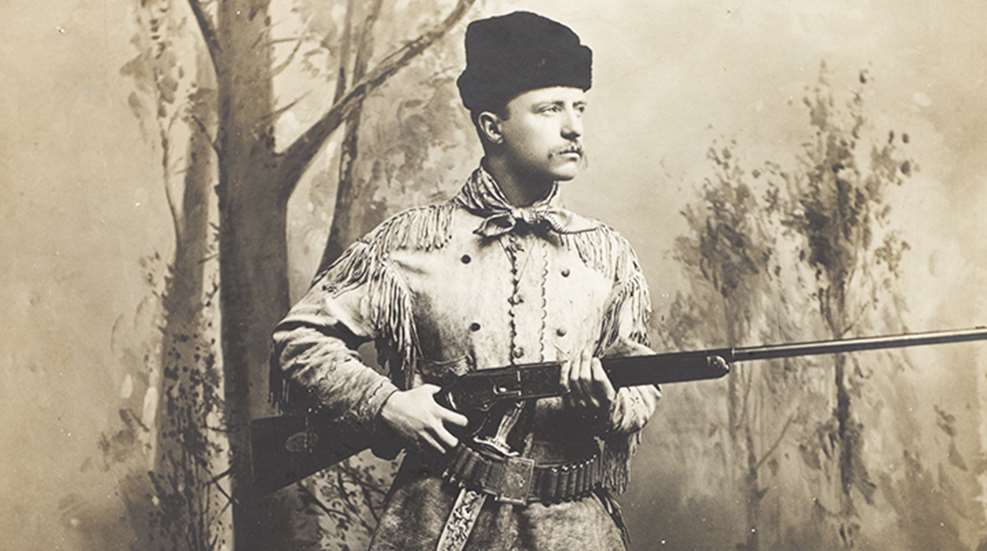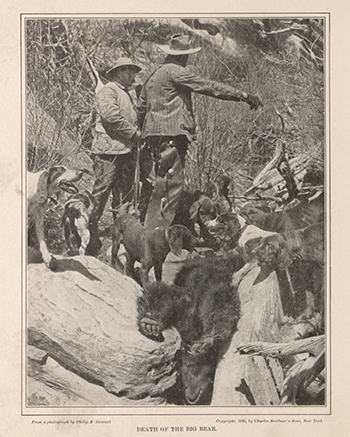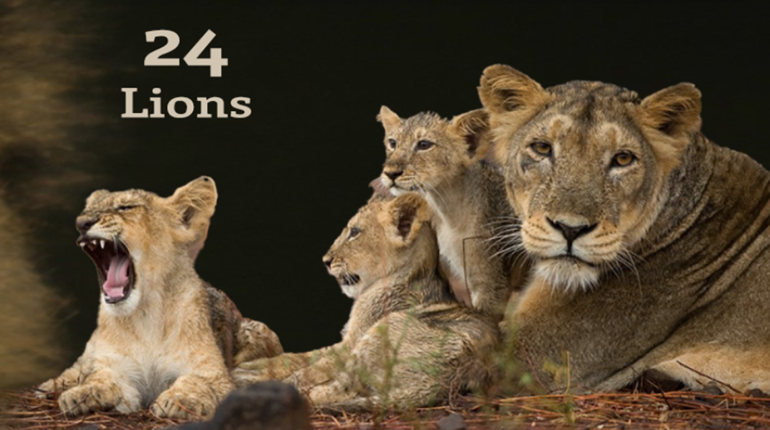
Hundreds of years ago elk covered the East, in places like the Adirondacks and the Shenandoah Valley. Elk were once the most widely distributed hoofed mammals of North America. Millions roamed Canada and the United States. In the 19thcentury, the American bison reigned. It is estimated that as many as 40 million of the big shaggies roamed the plains and steppes of the West before they were devastated by any number of actions.
By the end of the 19th century, just about 30 years after the founding of the National Rifle Association, elk had been extirpated from the East. Bison had been reduced to but a few bands. Other species like whitetails and wild turkeys were nearly wiped out, too.
Amid this backdrop in 1858 was born Theodore Roosevelt, our 26th president and perhaps the most forward-thinking hunter who ever lived. American hunters can take credit for many things, but perhaps foremost among them is developing and sustaining an ethos that can claim a man like Teddy Roosevelt, who became an NRA Life member. Documents from the Library of Congress, included in the Theodore Roosevelt Center at Dickinson State University, include correspondence dated Feb. 18, 1907, from the 26th president of the United States to then-NRA president Gen. James Andrew Drain including these words: “I am so heartily interested in the success of the National Rifle Association of America and its work done in cooperation with the National Board for the encouragement of Rifle Practice, that I take pleasure in sending you herewith my check for $25 for life membership therein.”
It was just like Teddy—always a leader.

Roosevelt was born into wealth that enabled him to explore nature from a romantic viewpoint, as opposed to the mountain men and pioneers who settled the American West. Perhaps as a consequence of this, he developed a fascination with the American bison that led to his first hunt for one in 1883, in Little Cannonball Creek, in Montana. Upon his success, he danced enthusiastically around his kill. In 1889, after he’d killed his second bison, he was less sanguine: “ … mixed with the eager excitement of the hunter was a certain half-melancholy feeling as I gazed on these bison, themselves part of the last remnant of a doomed and nearly vanished race. Few indeed are the men who now have or evermore shall have, the chance of seeing the mightiest of American beasts, in all his wild vigor, surrounded by the tremendous desolation of his far-off mountain home.”
Such thoughts could well be considered the basis for Roosevelt's actions over the next 20 years, when he developed, along with his contemporaries, the truly American concept of conservation, the wise use by all of our great natural resources.
In 1887, Roosevelt championed the need to establish regulations for hunting wildlife when he founded, along with George Bird Grinnell, Madison Grant and others, the Boone and Crockett Club, dedicated to the principle of conservation of wild fauna through scientific record keeping and fair-chase hunting. It was in this vein in 1907, in a speech to Congress, that he challenged Americans to “increase the usefulness” of our land, for in that goal lay the key to prosperity of future generations. Today, the club continues to support conservation based on the premise that as wildlife habitat shrinks due to increasing and conflicting land use practices, humanity must find ways to make wildlife, agriculture and commercial development compatible.
Roosevelt worked with John Muir, one of the earliest advocates for the formation of our national park system, and the founder of the Sierra Club. In what is now a famous moment in time, Roosevelt and Muir camped in 1903 in the Yosemite Valley, when and where Muir convinced Roosevelt to return the Yosemite Valley and Mariposa Grove to federal protection as part of the formation of Yosemite National Park.
Roosevelt most famously worked with Gifford Pinchot, one of America’s leading advocates of environmental conservation at the turn of the 20th century. From 1890-1910, Pinchot raised forestry to the level of national discourse and in 1905 under President Roosevelt became the first chief of the U.S. Forest Service, managing the department based on his premise: “the greatest good of the greatest number in the long run.”
In Roosevelt’s era, with Pinchot's advocacy, our number of national forests increased from 32 in 1898 to 149 in 1910 for a total of 193 million acres. All told, during his term as our 26th president from 1901-1909, Roosevelt set aside 240 million acres as national parks, forests, monuments and wildlife refuges. The statutes enacted during his presidency and the legal and funding framework since developed in our national policy to conserve wildlife and the wild places it roams are today known as the North American Model of Wildlife Conservation. This model rests on “seven pillars:”
Wildlife is a resource held in public trust. It is the people's responsibility through government to hold wildlife in trust for all.
There are no markets for wild game. The public must protect against elites who would appropriate wildlife for themselves (as occurred in Europe).
Wildlife is allocated by democratic rule of law. Everyone has a fair and equitable opportunity under the law to join the hunt.
Wildlife may be killed only for legitimate purposes—there can be no market gunning.
Wildlife is considered an international resource. The take of species that cross international boundaries is managed by treaty.
Every person has an equal opportunity under the law to participate in hunting. There is no regard for wealth, prestige or land ownership.
Science is the proper tool for discharge of wildlife policy—not a fickle electorate voting at the polls.
Consider this: Roosevelt considered the enactment of a conservation program his greatest contribution to American domestic policy. This contribution is the North American Model of Wildlife Conservation, a shining example for the world. This is the legacy of Theodore Roosevelt, hunter, Rough Rider, president, visionary. This is a man for whom we named a national park. This is the legacy of an NRA Life member, the father of conservation.





































